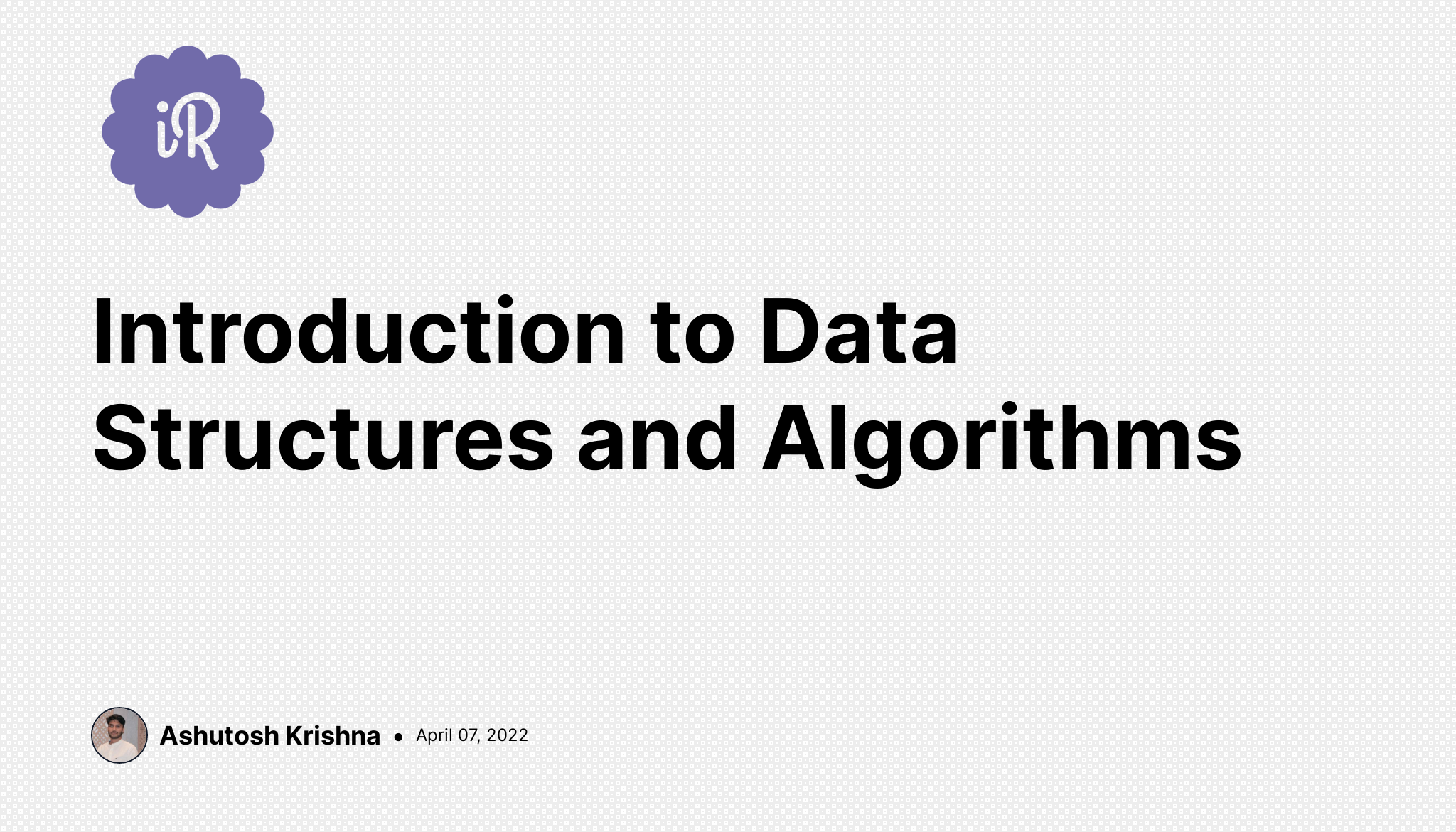In common words, Data Structures are storage containers in which elements can be stored, located, retrieved, and deleted, easily. Data Structures make the organization and management of large amounts of data efficient.
Google Search:
When you provide a search term in Google and click on search, you get the search results in a fraction of a second.

Facebook:
When you put a post on Facebook, irrespective of how many friends you are connected to, the post is immediately reflected in all their accounts.

In any application, organizing and storing data in a way or in a structure that is best suited to its usage is key to efficient access and processing of data.
There are some standard data structures that can be used to efficiently work with data. We can even customize them or build completely new ones to suit our application.

Data structures represent the way of arranging data in a computer so that it can be accessed and used efficiently. It is all about grouping and storing collections of data in memory, operations that can be performed on these collections, and algorithms that can be used for these operations.
There are different types of data structures like list, stack, queue, etc. Each of them is suitable for a specific type of task.
We will be exploring the below data structures in this series.

This was a brief introduction to Data Structures and their applications. That’s all in this part. In the next part, we’ll be diving deep into the concepts of Lists.

